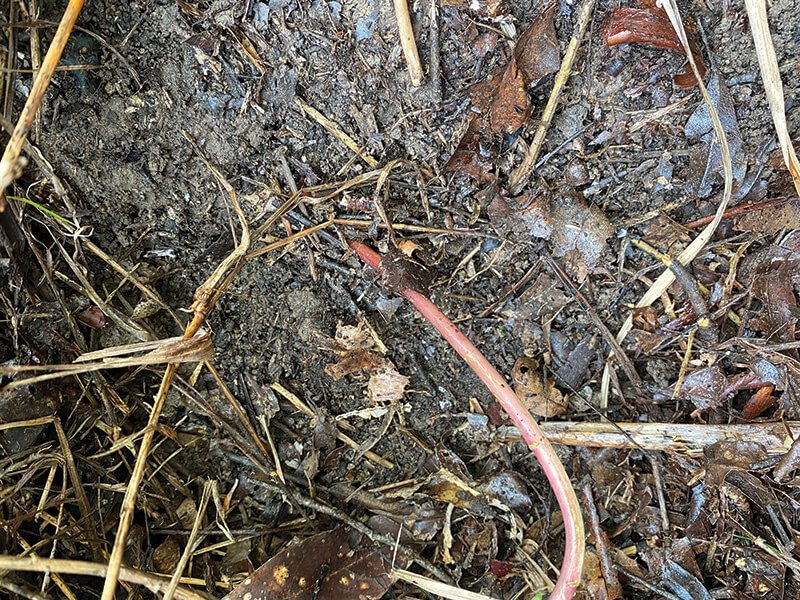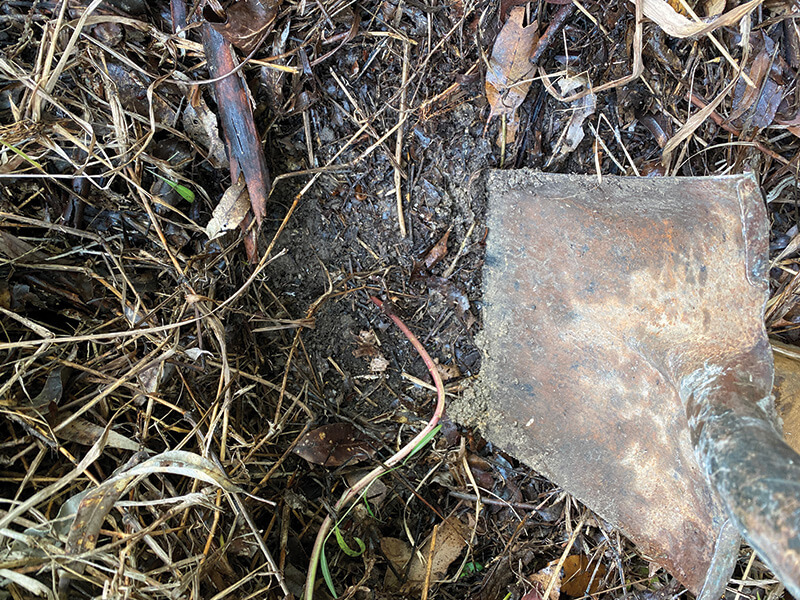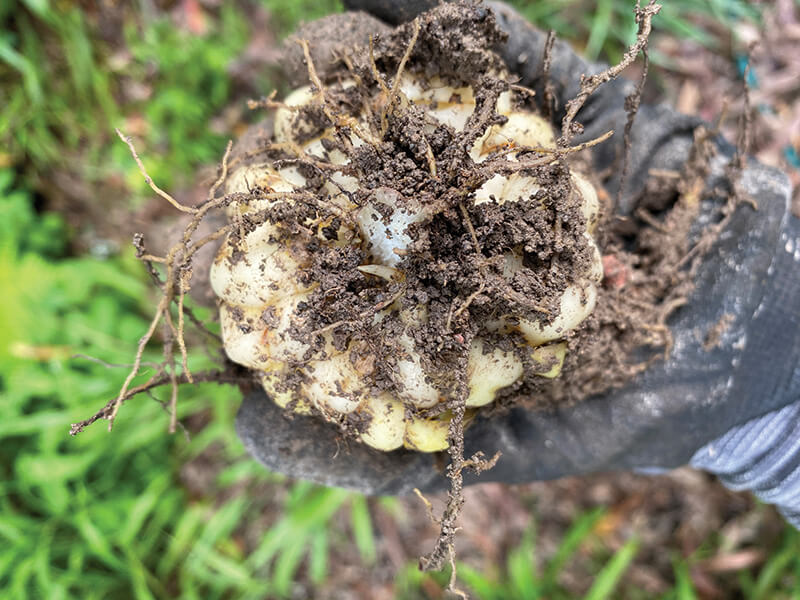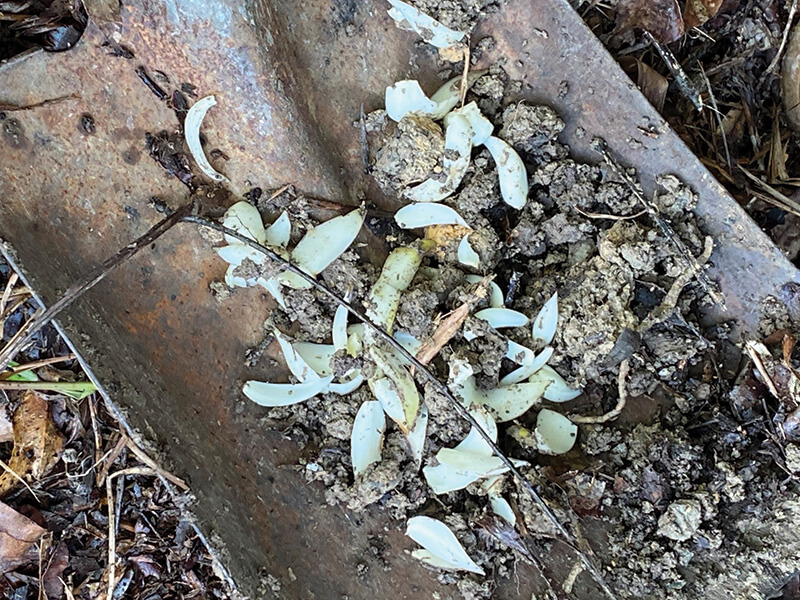Formosa Lily (Lilium formosanum) belongs to the Liliaceae family, a family of upright perennial herbs with scaly bulbs and large flowers, which includes cultivated tulips (Tulipa) and lilies (Lilium). Formosa Lily originates from Taiwan and has a long history as a garden ornamental plant.
In its natural habitat, Formosa Lily grows from sea level to high elevations often growing in human and naturally disturbed areas including fields, tall grasslands and on bare cliff walls. The combination of its preference for wide ranging and disturbed habitat types, plus its specialised propagation techniques makes Formosa Lily perfectly suited to becoming a weed in SEQ. It has already escaped gardens and is now found along roadsides, disturbed areas and bushland across SEQ.
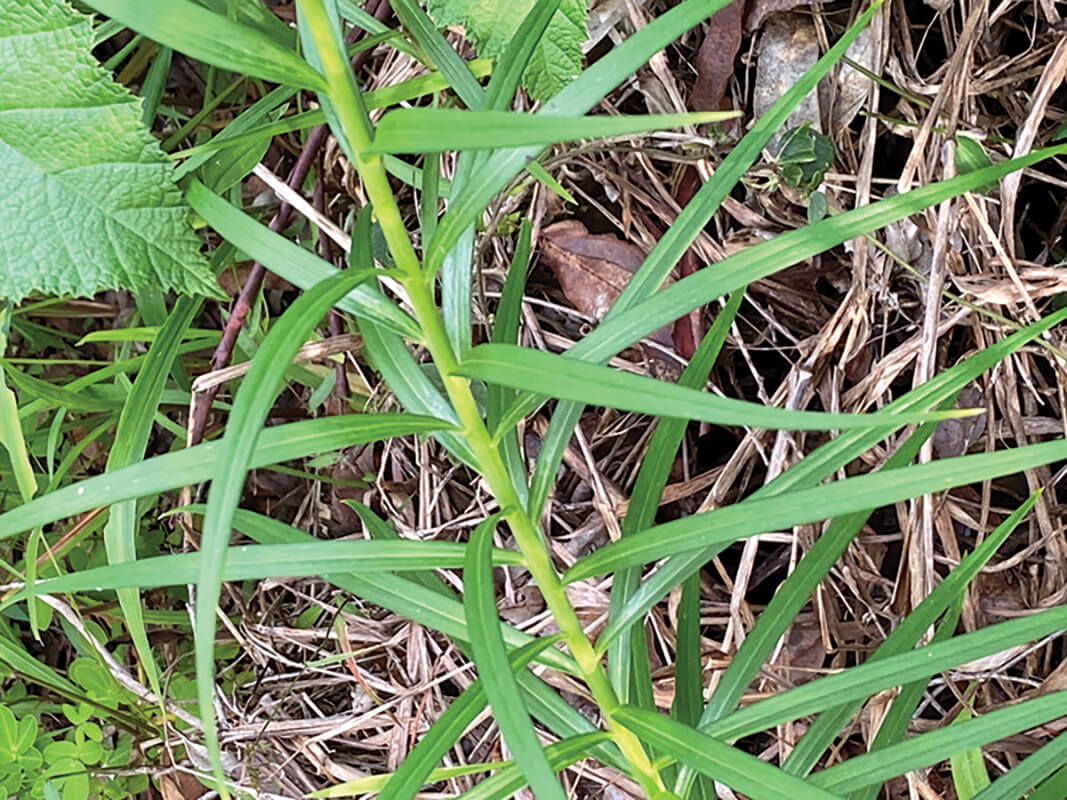
Formosa Lily grows to 1-2m in height and is a deciduous perennial herb with annual flowering stalks. The stems are dark green in colour, unbranched and often purplish brown towards the base. The dark green leaves are widely spaced and grow alternately along the stem. They are hairless, stalkless and can be up to 20cm long and 1cm wide.
The flowers are typical trumpet-shaped lily flowers, white inside with a pink, purple or brownish tint on the outside. There are six equal-sized ‘petals’ with the tips curving backwards. The flowers are 12-20cm long, fragrant, in clusters of up to ten and appear in summer.
The flowers produce long (5-8cm) cylindrical seed capsules with flat disc-shaped seeds that are easily dispersed by wind and water. The underground bulb has numerous fleshy scales resembling garlic and each bulb scale can resprout if it is left in contact with soil. The ability of Formosa Lily to reproduce by winged seeds or by bulb fragments makes it ideal to spread quickly in disturbed areas. Moving soil and garden waste can also spread the seeds and bulbs.
Small infestations of Formosa Lily can be controlled manually using the steps shown here. You just need to be careful. It is best to control it before flowering to avoid the seeds releasing. For large infestations where manual removal is not possible, herbicide can be applied. Contact your Land for Wildlife Officer for specific herbicide rates and control techniques.
Step-by-step guide to Manually controlling Formosa Lily
Have a sturdy bag ready to dispose of the plant.
- Don’t try and sift through the soil as this may cause the bulb to break-up.
- Put the bag in the general waste bin.
- The stem can be left on the ground to decompose.
- Re-instate the disturbed area by covering it up with remaining soil and the leaf litter.
- Follow-up next season to make sure newly sprouted lilies are also removed.
References
Weeds Australia. www.profiles.ala.org.au
Warner S, Grice A & Duggin J. (2006) Ecology of Lilium formosanum and implications for management. Fifteenth Australian Weeds Conference.
Article and photos by Melanie Mott
Land for Wildlife Officer
City of Gold Coast

